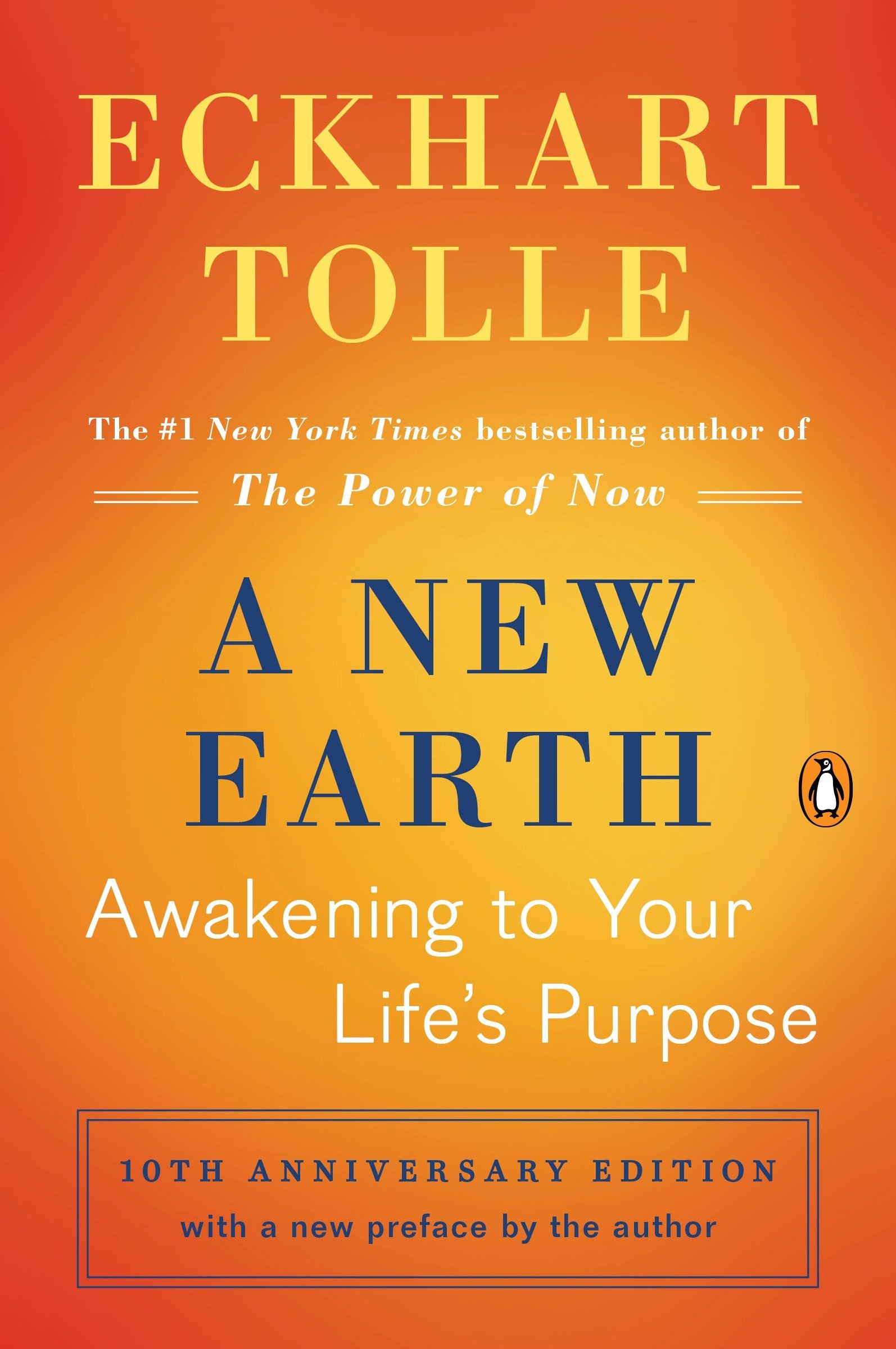Have you ever pondered the idea that the true essence of happiness and fulfillment resides not in the circumstances around us, but internalized within our very being? Eckhart Tolle’s transformational work, “A New Earth,” invites readers to embark on a journey of self-discovery that challenges conventional perspectives on existence, urging us to transcend our egos and embrace a more profound spiritual awakening. With an encouraging tone, this book not only enlightens but also incites profound contemplation about our life’s purpose and the nature of our being.
The central premise of “A New Earth” revolves around the concept of ego and its pervasive impact on human behavior and relationships. Tolle artfully dissects how the ego manifests in myriad ways, often leading to pain, suffering, and conflict. He suggests that much of humanity’s turmoil stems from our identification with the ego — a fabricated self that thrives on comparison, materialism, and the relentless pursuit of accolades. Have you ever felt the urge to compare yourself with others, often leaving you in despair? This is the ego’s handiwork, leading us to blindly chase validation, frequently at the expense of our inner peace.
Tolle audaciously invites us to challenge this norm. What if we could step beyond this self-imposed prison? What if, instead of seeking fulfillment through external validation, we could discover a deeper sense of peace and joy by turning inward? The book not only poses these playful questions but also serves as a practical manual for fostering awareness and presence.
Transformation, as outlined in “A New Earth,” begins with awareness; the mere recognition of the ego’s presence is a significant stride towards liberation. Tolle compellingly argues that awareness is our innate ability to observe our thoughts without judgment. This power to witness our mind’s incessant chatter—recognizing it as separate from our true selves—is profoundly liberating. By fostering this state of mindfulness, we can begin to disentangle ourselves from the superficiality of the ego and cultivate a deeper, more meaningful connection to our existence.
The book is not merely philosophical; it is imbued with actionable guidance. Tolle introduces practical exercises designed to cultivate presence and mindfulness. For instance, the act of conscious breathing—a simple yet transformative tool—is emphasized throughout. When was the last time you took a moment to breathe deeply, letting go of the chaos and distractions? These exercises serve as gentle reminders to ground ourselves in the present moment, allowing us to appreciate the beauty of now rather than anxiously awaiting the future or lamenting the past.
Tolle’s exploration of the interconnectedness of all beings offers another pivotal insight. In a world that often fosters division and separation, “A New Earth” implores us to recognize the deeper bond that ties humanity together. This idea propels readers towards a more compassionate existence, where empathy and understanding take precedence over judgment and conflict. As one begins to see beyond individual identities, a collective consciousness emerges—an awareness that transcends the ego’s limitations. What could happen if we all embraced this interconnectedness? Would our approach to conflicts and challenges transform positively?
Alongside the exploration of ego, Tolle addresses the concept of surrender—not as a sign of weakness, but as an act of grace and strength. He delineates the power of acceptance, emphasizing that by surrendering to the present moment, we can liberate ourselves from the burdens of resistance and dissatisfaction. This doesn’t imply passivity; rather, it is an assertive choice to acknowledge reality as it is, leading to powerful momentum in effecting change. In a society often obsessed with control and outcomes, surrender offers a tantalizing paradox: in letting go, we gain freedom.
The transformative essence of “A New Earth” lies in its ability to prompt profound introspection. Each chapter serves as a catalyst for self-reflection, urging readers to dissect their own lives and identify the patterns dictated by the ego. Tolle adeptly interweaves personal anecdotes with universal truths, making the content not only relatable but also deeply resonant. Through this fusion of personal and collective experiences, readers are gently nudged towards a deeper exploration of their own consciousness.
However, embracing the insights of “A New Earth” poses a delightful challenge. Are you willing to detach from the familiar tendencies of the ego and embrace a new paradigm of awareness? The journey is neither linear nor devoid of obstacles. It requires a persistent commitment to self-inquiry and vulnerability. In a culture that often values achievement and external accolades, the pursuit of inner peace can appear daunting. Yet, the reward—an authentic connection to self and others—is undeniably profound.
As you turn the final pages of “A New Earth,” you might find yourself gazing at your life through a renewed lens. Tolle’s masterful prose and practical insights serve as a gentle prodding towards awakening—both individually and collectively. In a time characterized by uncertainty and disconnection, this book is a timely reminder of the power of presence, awareness, and compassion.
Ultimately, “A New Earth” is not merely a book to be read; it is a manifesto for transformation. It beckons us to relinquish our grip on the ego, embrace the present moment, and embark on a journey towards a deeper understanding of our interconnected existence. As you reflect on its many teachings, you might find yourself asking: “How can I apply these principles in my life to nurture a more profound sense of peace?” Empowered with these insights, the path to transformation unfolds, beckoning us toward a brighter, more luminous future.
